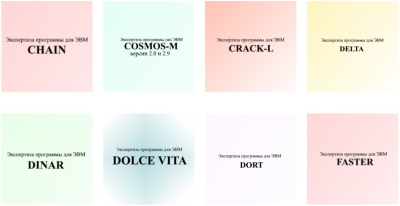
One of the key duties of a nuclear safety authority is to ascertain the nuclear facility safety. Computational modeling of credible operational transients and accidents that may occur at a nuclear facility is imperative for demonstrating its nuclear and radiological safety. Software developers conduct a broad spectrum of computational and experimental research to demonstrate the computer code eligibility for modeling a certain facility – this procedure is usually referred to as ‘verification and validation’ of software. The outcome of the verification and validation process is reviewed by experts to confirm that the V&V has been performed as appropriate.
In the Russian Federation, the expert review of the software is a mandatory pre-licensing process that provides for an in-depth and comprehensive assessment of the calculation techniques used in the safety analysis. Furthermore, the review is conducted with the involvement of the Rostechnadzor’s Expert Board whose members are top computational modeling experts from SEC NRS, Rosatom organisations, national research centres, universities and Russian Academy of Science institutions.
The coronavirus pandemic made it necessary to give another thought to the communication formats used in the software review process, to expedite introduction of front-edge digital technologies. The need to arrange remote access activities stimulated the rapid transfer of the main code review sub-processes to the SEC NRS portal https://soft.secnrs.ru/ which uses Russian Software platform «1С-Bitrix24». The following was done:
- A 24-hour interactive access was arranged for the reviewers to get updates on the code review progress.
- All developments in the review are posted in the ‘Live news line’, and are forwarded to each external user as an e-mail notification. The flexible setting of rights provides for the user access to the required information.
- The reviewers work in secured groups provided with interactive communication arrangements (chats or videoconferences, group or ‘one-on-one’). All required documentation is kept in a centralised location. The reviewers upload digital documents at the portal. The implemented planning tools include the Gantt chart, Kanban and others. The software is tested on-line (14 computer codes have been tested so far).
- The certificates bank is fitted with an upgraded ‘Quick Search’ tool and a user-friendly sorting interface.
By today, we have accomplished secured interactive communication of experts. As a next step, we will move to the second, more complicated, stage of digitalisation– to the introduction of automatic expert review reports and analysis of the results obtained.
Contact: Denis Mistryugov, SEC NRS, mistryugov@secnrs.ru
Source: ETSON
